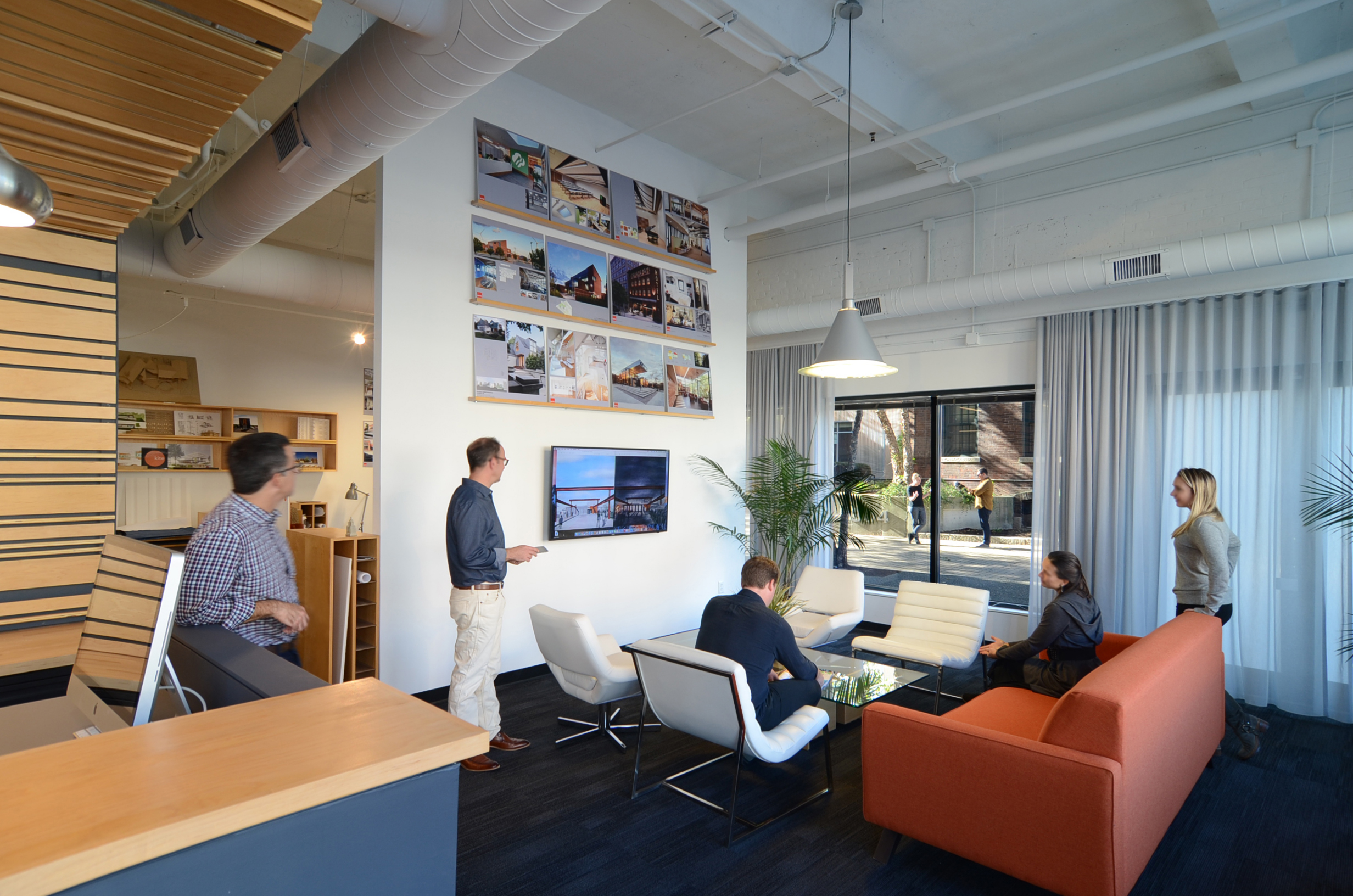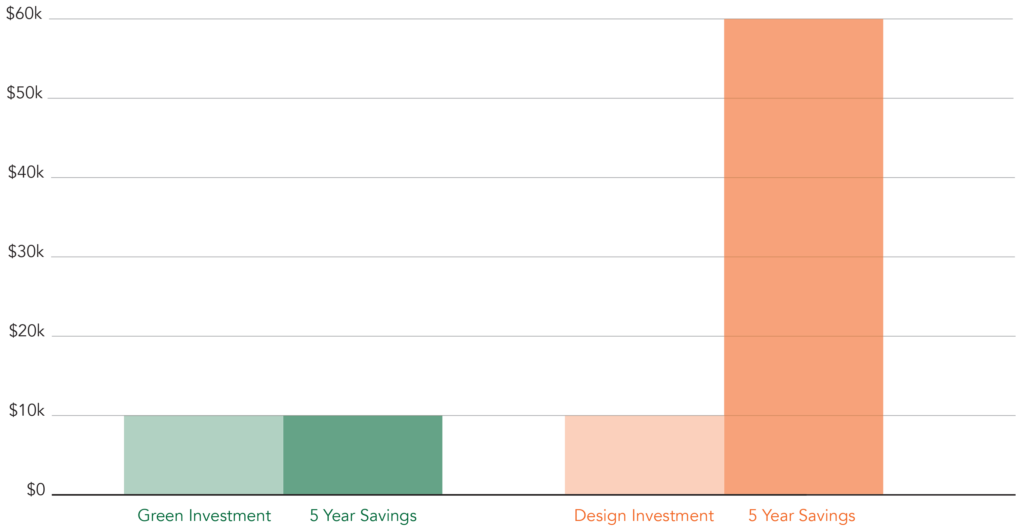
Don’t Renovate Your Office Post-COVID, Re-Think It! Investing in People’s Well-being
We are all learning a lot these days about how our own personal productivity is affected by our office setup – including how our new “co-workers” are helping (or not!)

And as we contemplate returning to our offices, a lot of thought is going into how to make them safer and healthier. If we need to spend some money now to get back to work, let’s make sure that those funds aren’t just on hasty “quick-fixes”.
Instead, let’s also think about how the design of our offices can support the people who work in them in meaningful ways. Ensuring healthy and happy employees is not only the right thing to do, it has measurable impacts on productivity and ultimately the organization’s bottom line.
For comparison, let’s look at a different type of building upgrade – energy efficiency and green building improvements. After decades of conversation about green building, everyone generally understands that insulation or new toilets will eventually pay for themselves. That can be 5 years or less – we save money by spending now.
Have you stopped to think about how much you can earn with investments in productivity?
Let’s do the numbers.
A small professional office with, say, 10 people can work in an office about 3,000 sf. The energy bills in a cold climate could easily average $500 month. Let’s say we spend $15,000 to improve the heating system and insulation to get a 50% energy savings. That’s $500/month x 12 months = $6,000 per year, with a savings of $3,000.
Bottom line? It would pay for itself and earn you money after 5 years.
But what about productivity?
Let’s imagine something you could change in your office that improves productivity by just 1%.
Maybe that’s moving the break room to be more centrally located or changing the placement and height of dividing partitions to let people work without interruption – as well as help with social distancing.
Here’s the math: Let’s say that improvement cost $15,000, just like our energy example above. A professional service firm can generate about $120,000 per employee of revenue. If each person’s productivity increased, by 1%, that’s $1,200 per employee. Multiply by 10 people and that’s $12,000 per year. The improvement is theoretically paid off in just over a year – 15 months.

Now let’s talk about something that potentially has sa much more dramatic impact on productivity. A recent series of studies evaluated the happiness, health, motivation and productivity of office workers based on the design of their spaces. The results of two surveys showed that the level of control workers had over their space, ranging from none to being fully consulted on design changes, had a direct correlation to how they felt about their jobs. The more control people had over their office spaces, the happier and more motivated they were.
Two further studies evaluated people’s performance in workspaces that were either “lean” (bare and functional), “enriched” (decorated with plants and pictures), empowered (allowing the individual to design the area) or “disempowered” (where the individual’s design was redesigned by a ‘manager’).
Those working in enriched spaces were 17% more productive than those in lean spaces, but those sitting at empowered desks were even more efficient — being 32% more productive than their lean counterparts without any increase in errors!
Obviously, this is tricky to measure in real life, and other factors are going to influence behavior. However, there is clearly a dramatic upside to making design improvements that help workers do their jobs, and often increase morale and retention.
There are many, many other studies that show everything from lighting to the height of the ceiling to the acoustic performance have an impact on productivity.
This is why we have turned our architecture firm’s attention to understand the many ways that the design of our buildings and spaces affect us as humans. We are building our knowledge of scientific studies in order to translate it to design decisions in real life and have a growing list of clients benefitting from our approach.
Let us help you figure out how to reap the benefits of thoughtful, human-centered design!
Resource: https://www.sciencedaily.com/releases/2010/09/100907104035.htm